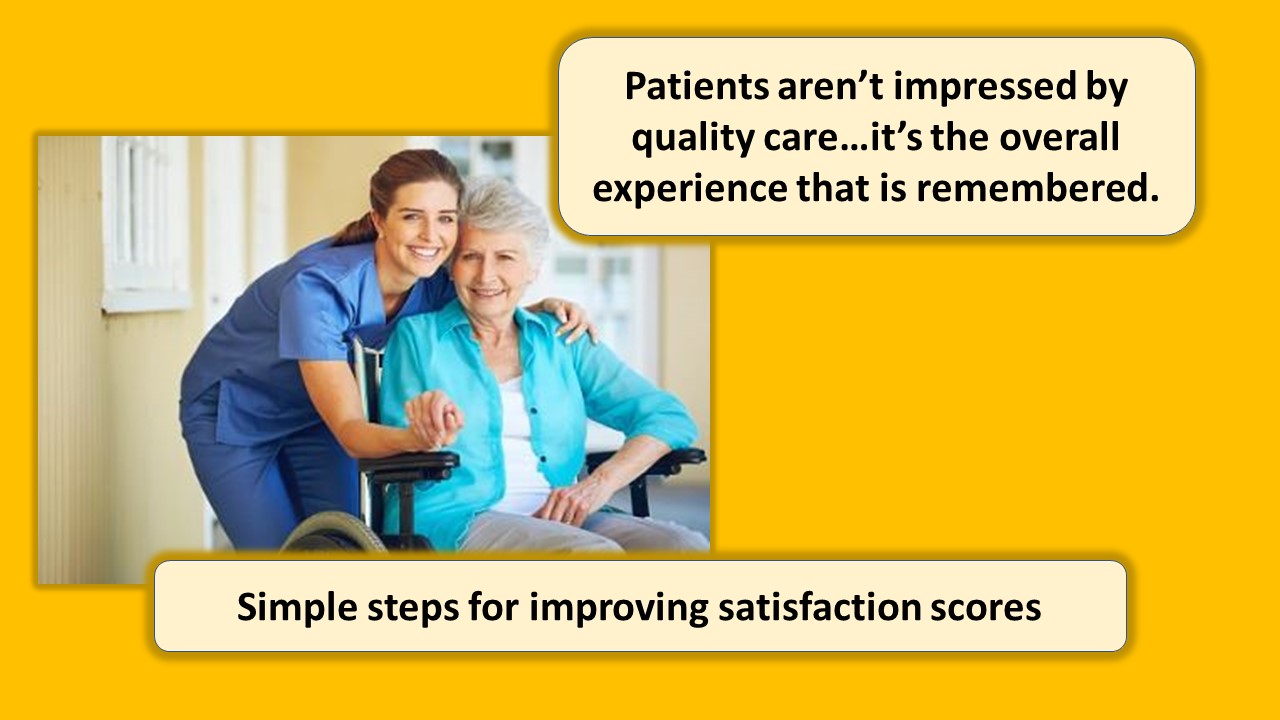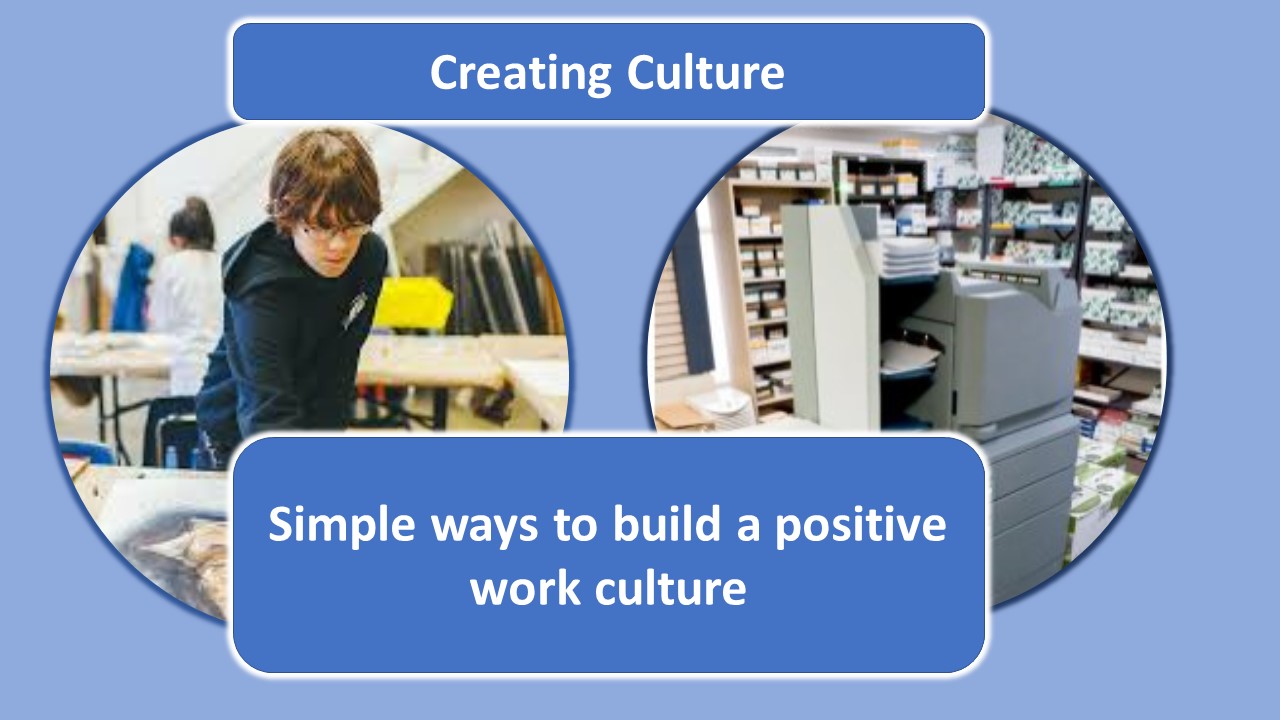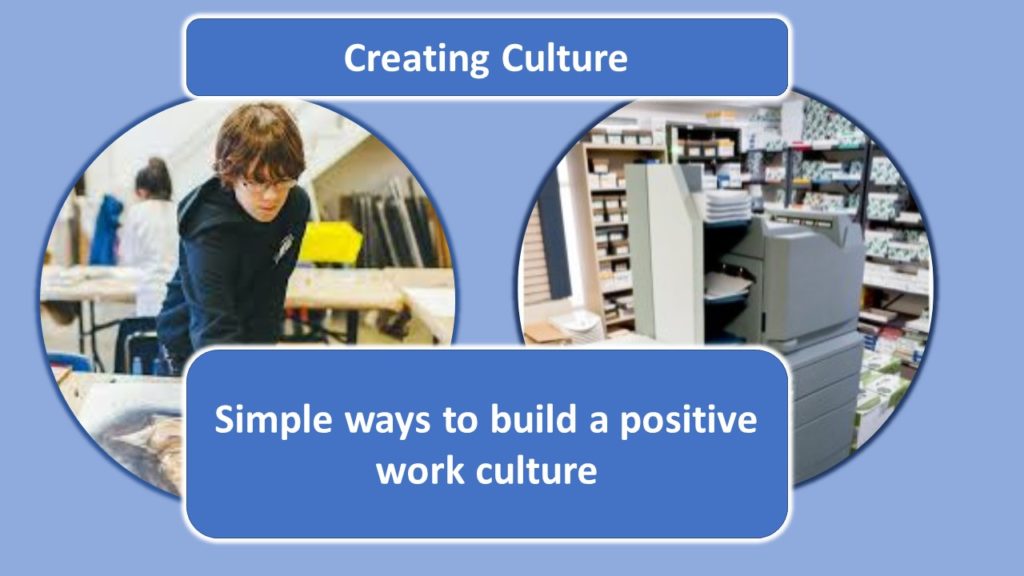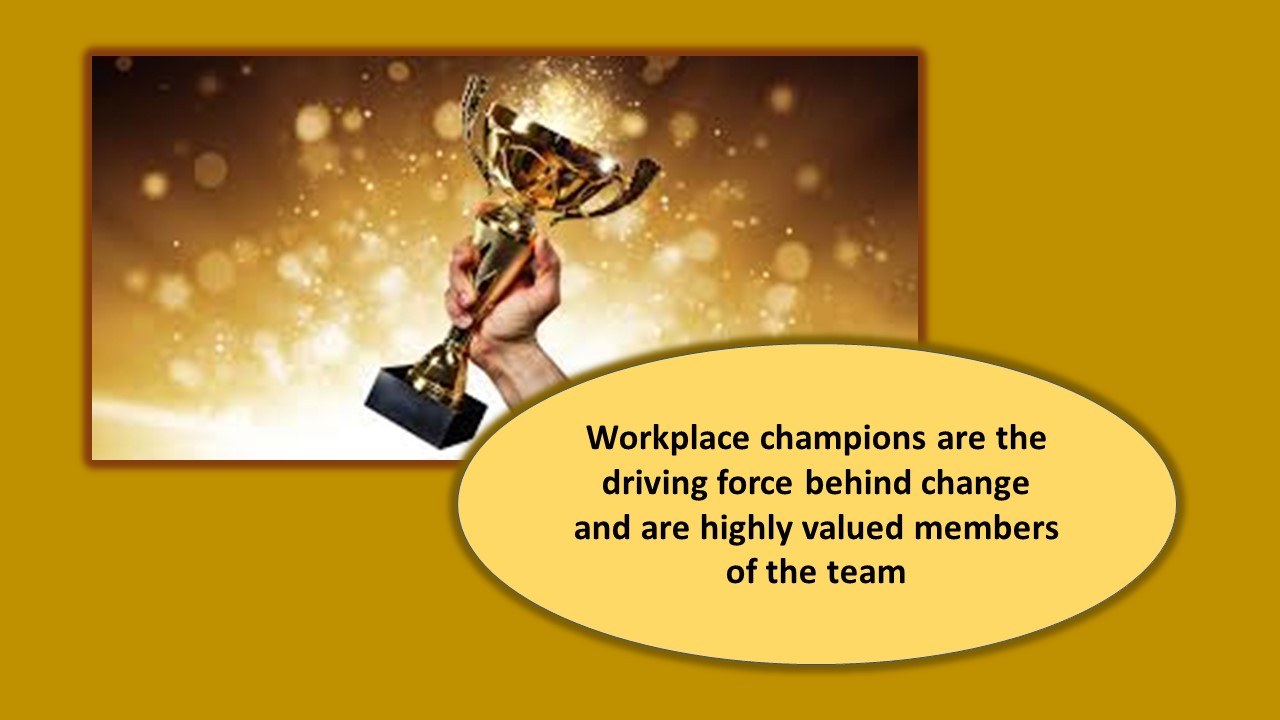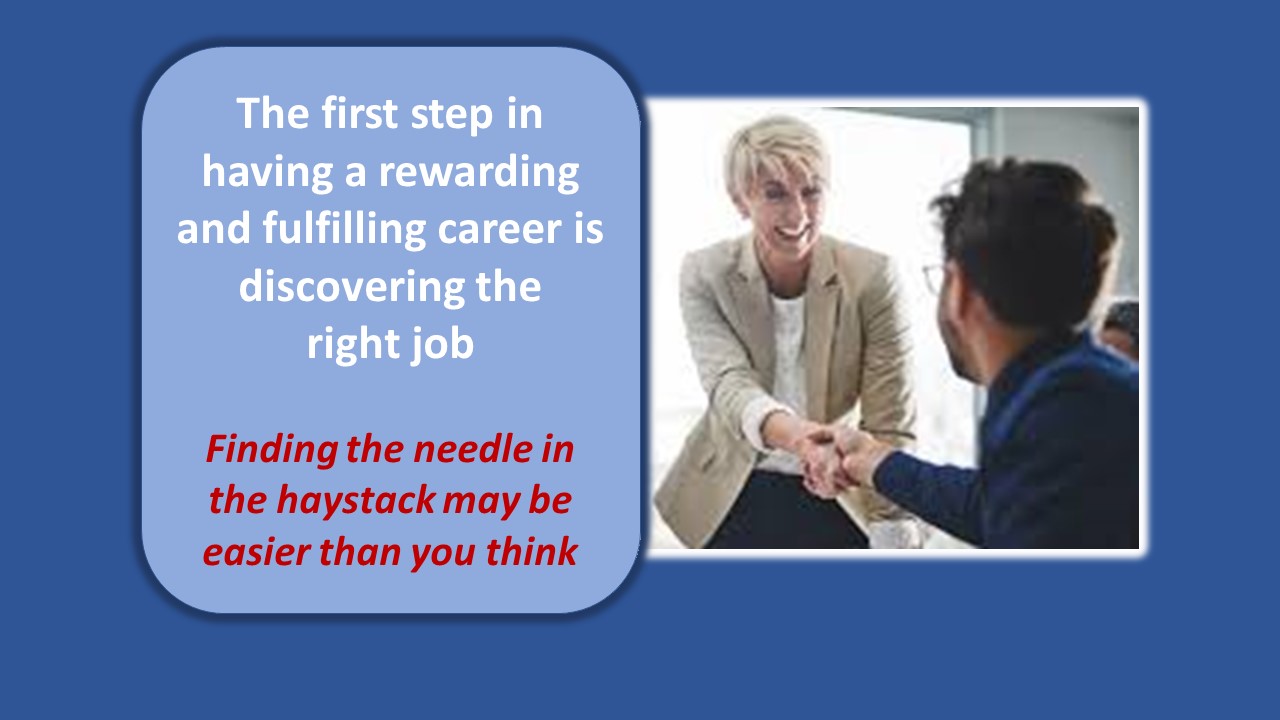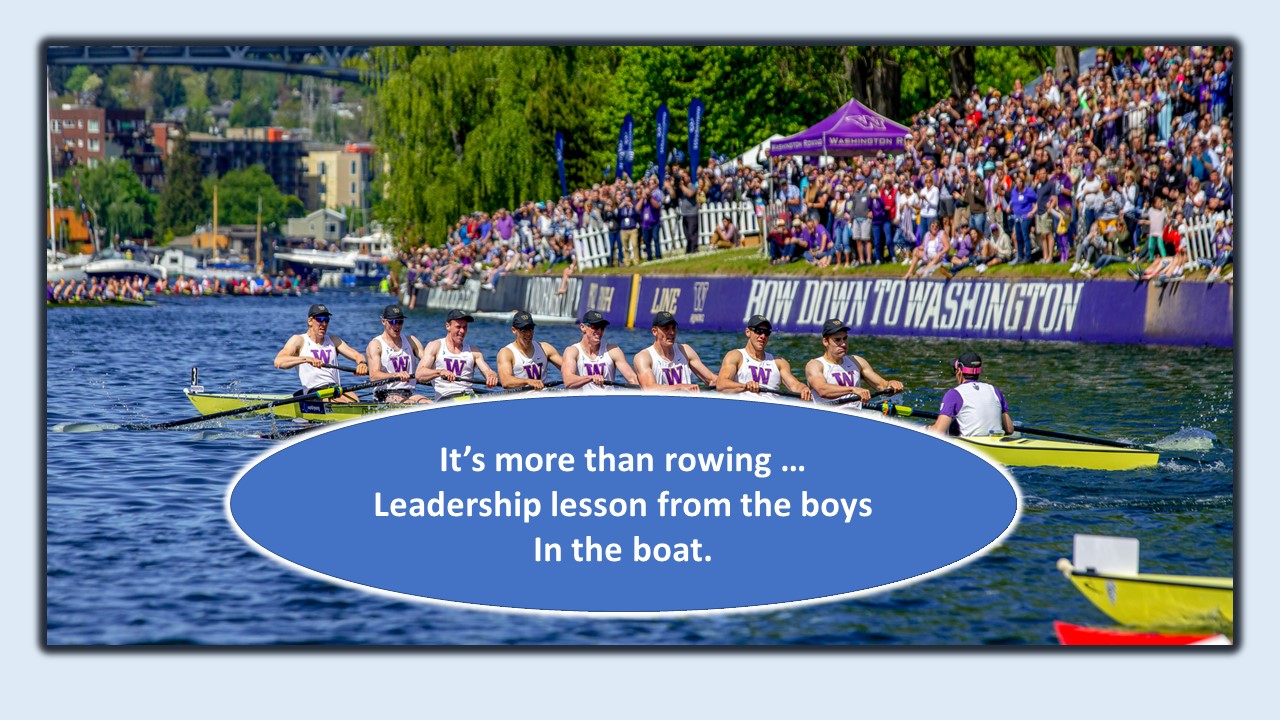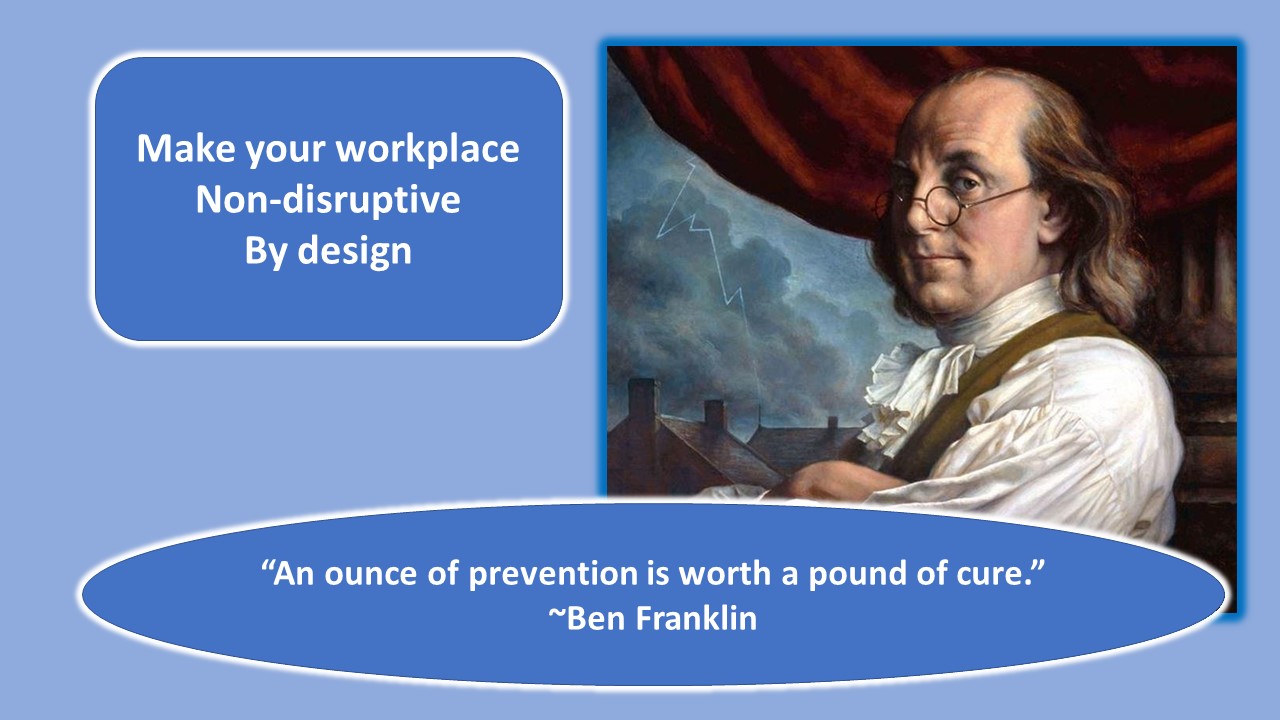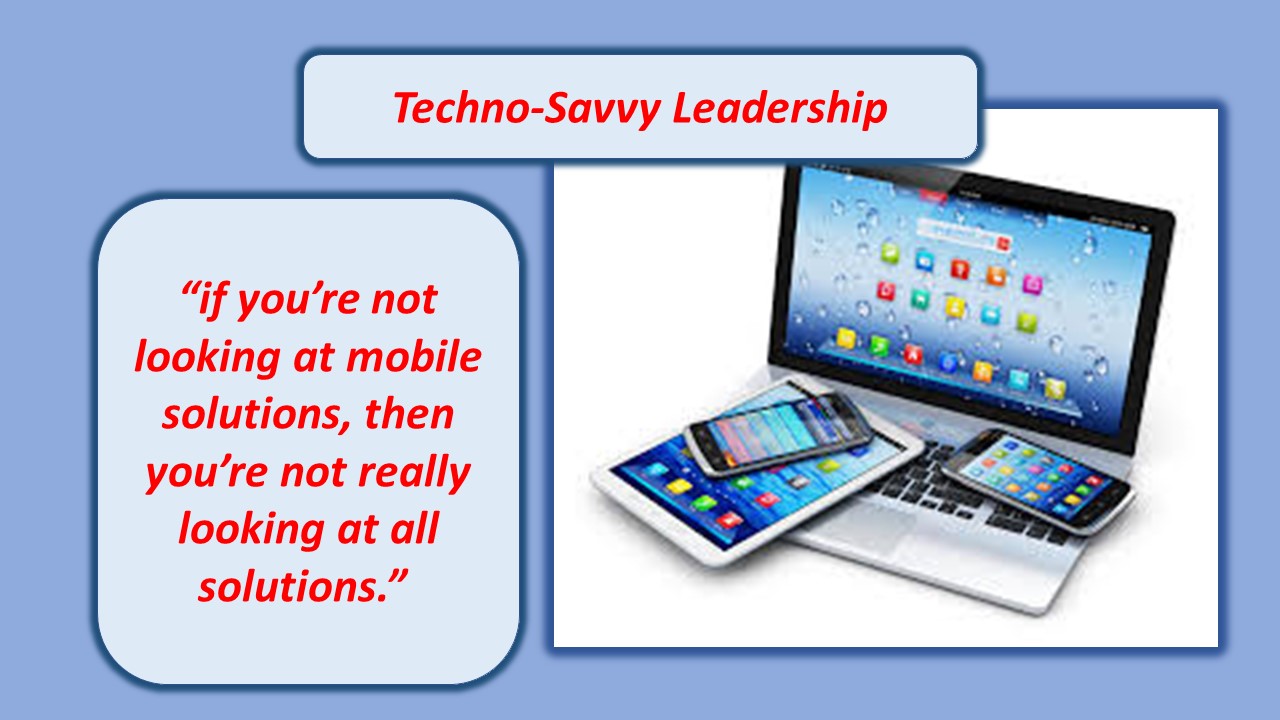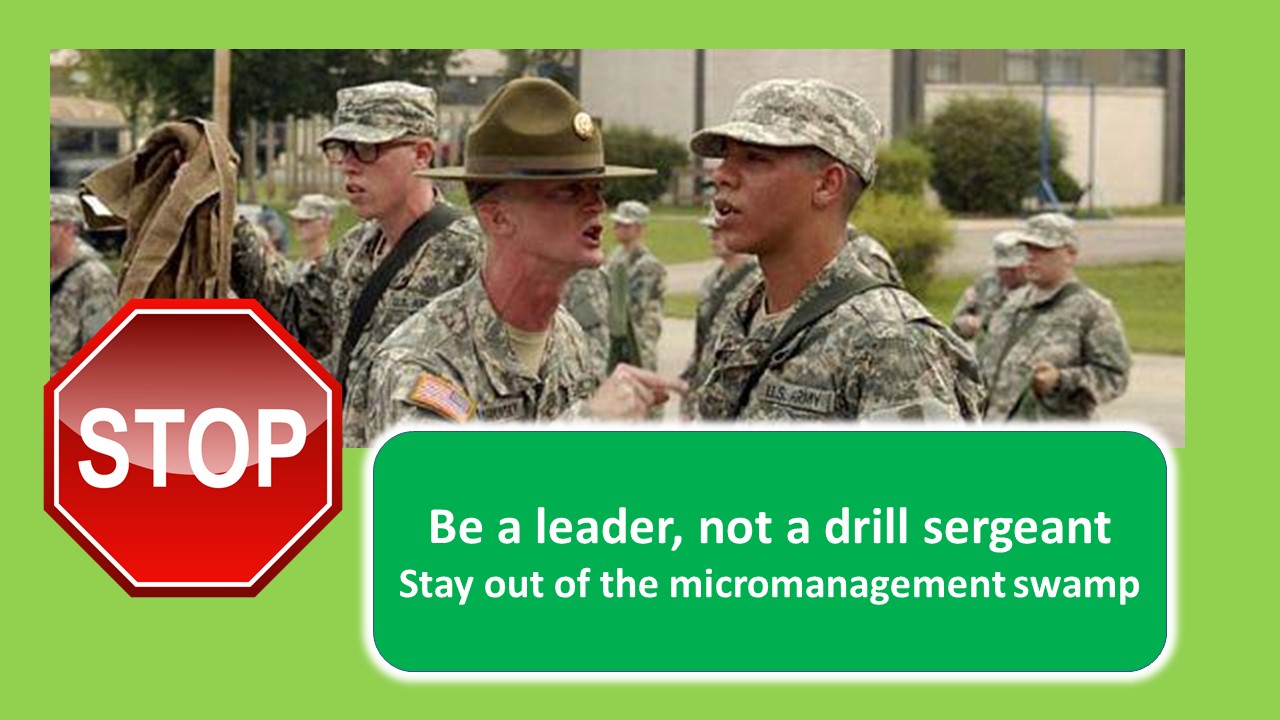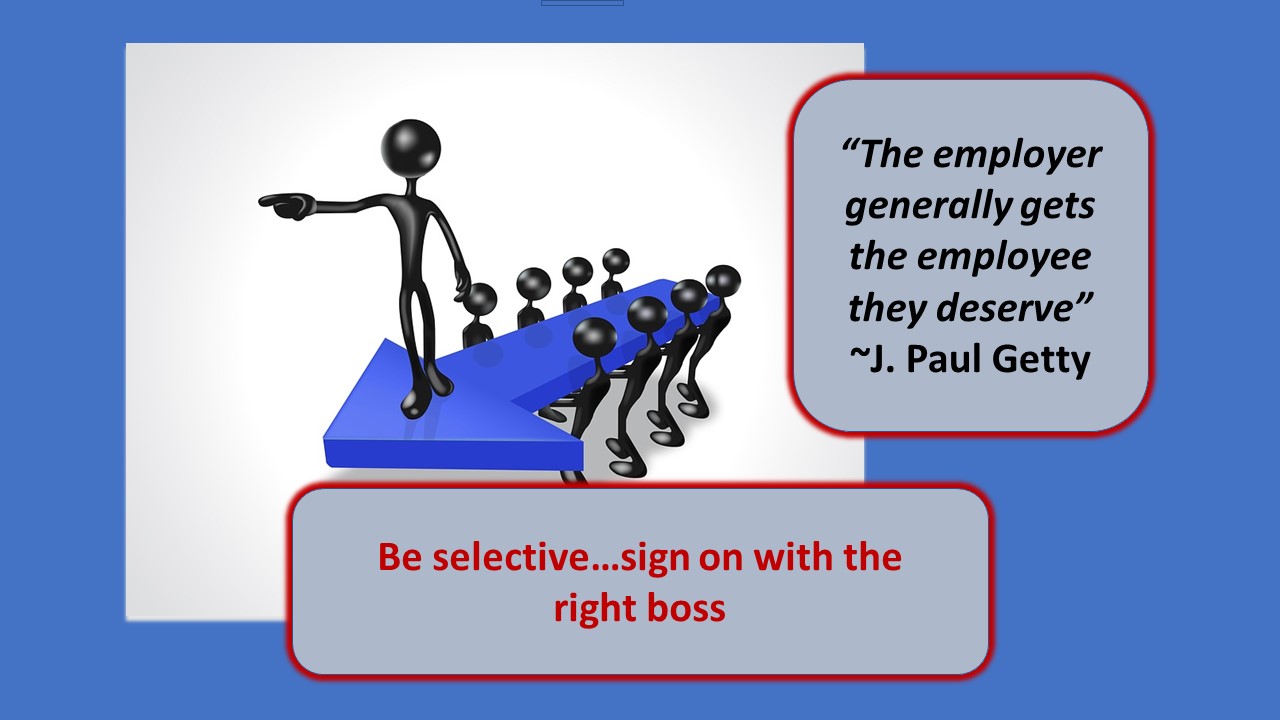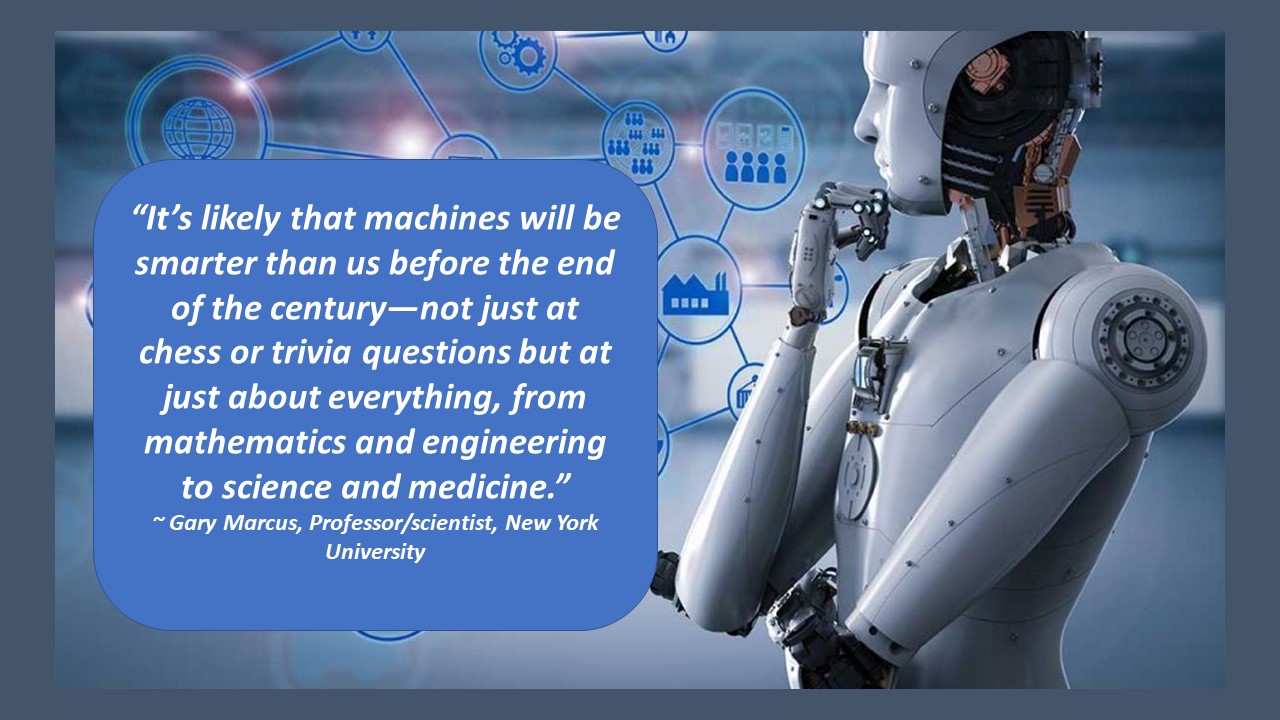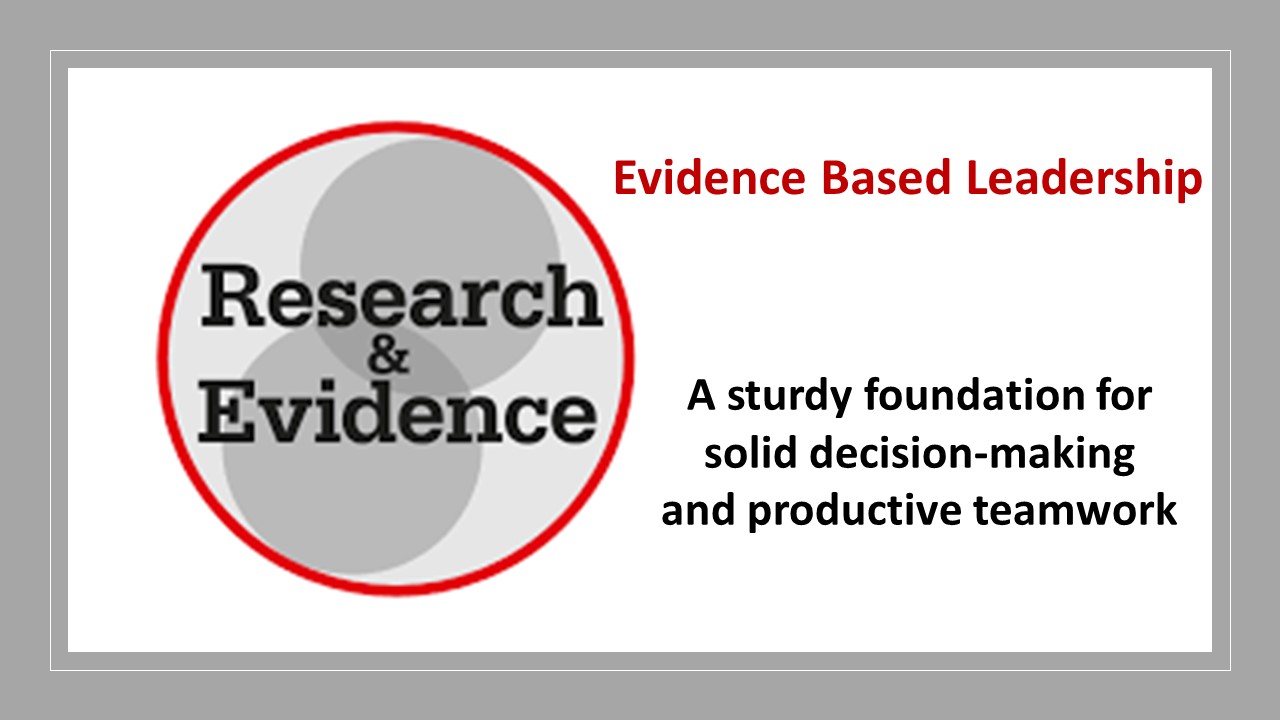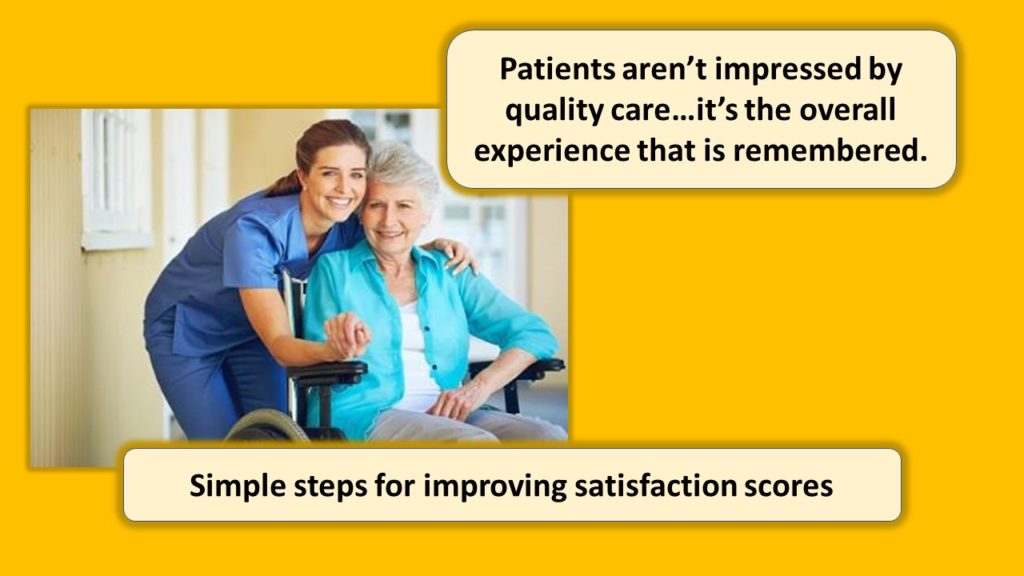
By Thomas Davis, DNAP, MAE, CRNA
Recently we were discussing patient satisfaction at the desk in the pre-op area. One of the physicians noted that patients assume they will receive top-notch medical care, so the care itself is not notable. What the patient does remember, he suggested, is their impression of the facility, the workflow process and whether they were respected as individuals.
My colleague’s comments triggered personal memories of a recent encounter with the healthcare system. Last year I accompanied my wife to a medical appointment. The waiting room was filled with heavily worn furniture, magazines were scattered on empty chairs and there was a generally unkempt appearance. We were moved to an exam room that appeared to need more than a good cleaning. When the physician arrived, she did a quick assessment and ended the appointment by dictating a plan that did not work for us. As you can imagine, all the way home we talked about the importance of patient satisfaction. Having had a negative experience, my wife did not follow-up with their organization nor solicit contact with the physician again.
Because “overall experience of the patient” has become a meaningful component of quality care that is demanded by those who pay the healthcare bill, simple conformance with regulations and standards is no longer enough. Elevating patient satisfaction, while simultaneously dealing with shrinking healthcare budgets, requires payors to insist that medical providers deliver state of the art treatments that will be remembered positively.
The Center for Medicare and Medicaid Services (CMS) has reinforced this idea by implementing the Hospital Consumer Assessment of Healthcare Providers and Systems (H-CAPS) which ties reimbursement to patient satisfaction. Simply put, full reimbursement for healthcare services is being tied to the overall patient experience and his/her level of satisfaction with both the individual healthcare provider and the organization offering the care.
Improve patient satisfaction scores
Moving from the obsolete mindset of “doctor knows best” to the new paradigm of “shared decision-making,” in which doctors and patients work as a collaborative team, requires that healthcare providers learn what patients really want and then commit to meeting their expectations. Learning about the preferences of the patient requires observing, questioning and listening during every patient encounter. Discovered through discussions with patients and a review of literature related to client satisfaction, here are a few ways to improve your patient’s overall experience.
- Patients want to feel respected. The red-carpet treatment is not necessary but common courtesy is essential. Timetables that are designed to run behind schedule do not respect or value the commitment made by the patient who arranged child care, hasn’t eaten since midnight, has provided the requisite driver and arrived on time. When patients follow the rules and do as told, they expect to receive care as promised. Likewise, a one size fits all approach to prescribing patient care does not respect the individual needs of each client.
- Patients want information conveyed in a manner that they can understand. We work in an environment that has its own language and acronyms. Terms that are common to us are foreign to many of our patients. I recently overheard a patient interview. Nurse: Do you have A-fib? Patient: What’s that? Nurse: Do you have GERD? Patient: What’s that? Nurse: Do you take ACE inhibitors? Patient: What are those? Always communicate on the level of the listener and ask follow-on questions to ensure that the person fully understands you.
- Patients want open communication with every provider. Hospitalized patients see their doctor once or twice a day and then spend the other 23 hours with nurses and assistants. Patients expect and need honest, transparent answers from the nursing staff. The cop-out reply, “Ask your doctor,” is a sure-fire way to kill trust between the patient and the nursing staff and is a trigger for dissatisfaction.
- Patients want the staff to be collaborative with one another. Disagreements between staff in a location where patients can observe and overhear must be taboo in the workplace. Discord between staff members creates anxiety in the patient population and kills satisfaction scores. When conflicts arise, make sure that they are discussed privately and behind closed doors.
- Patients want to be included in the decision-making. The best-practice treatment plan is one that is described rather than prescribed. The patient must know what is recommended and why; only then are the patient and provider positioned to agree on a plan to provide the recommended treatment in a manner that affirms the patient and his/her family.
- Patients want a response to concerns and complaints. Receiving healthcare can spark anxiety in an otherwise intelligent and relaxed individual. A glitch that’s the size of a pebble to the worker can be viewed as a boulder to the patient. When a patient expresses concern, listen attentively, immediately fix what you can and follow-up on items that require additional resources. Leaving the patient with the impression that he/she was not heard will elevate anxiety and increase dissatisfaction.
Assessing patient satisfaction
Your organization sends a survey to every patient and your workgroup consistently scores above the benchmark of 90%. Does that mean everything is OK?
Conducting an ongoing survey is an accepted way to gather information and is required in order to obtain full reimbursement under the H-CAPS system. Surveys are necessary; however, those who truly seek to improve the patient’s experience constantly dig deeper in search of concerns that may not be exposed by the survey. Rather than boasting about achieving 90% or 92% on the satisfaction survey, focus additional attention on the 8% who were not satisfied. Seek common themes that generally fuel dissatisfaction such as lack of privacy or excessive wait times and then solicit patients to suggest ways to address the issues.
The best way to learn about the weaknesses in your system is through the eyes of those who use it.
After working for a year as an anesthesia provider at a busy GI center, it was my turn to be on the receiving end of a colonoscopy. Wanting to have the same experience as any other patient, I kept things low-key, and it turned out to be an eye-opener. After following completing a bowel prep and arriving on time, I sat in the waiting room a full hour past my scheduled time. The room had nice furniture and a TV; however, the room temperature was so cold that I entered the pre-op area shivering. Despite receiving top-notch care, I felt as if I was on an assembly line and that neither my time nor comfort mattered. Based on my feedback, the temperature in the waiting area was adjusted. However, the manager was not brave enough to tackle the sticky issue of intentional overbooking. In the end, overbooking was not addressed and excessive waiting times continued to be the top complaint expressed by patients at that center.
The key to improving the overall experience for the patient and family is to engage them in a non-threatening discussion. Asking pointed questions puts people on the defensive and seldom generates useful information. Instead, first engage in a friendly conversation and then ask open- ended questions about their experience. Rather than asking, “What do we need to do in order to improve?” ask, “If your friends were coming for this procedure, what advice would you give them?” Instead of, “Where did we fail?” ask, “What was your greatest surprise while in our care?” Finally, ask the patient, “In retrospect, what do you wish that you (or we) had done differently?” Ice the cake by asking the patient to identify one or two people on the staff who made a positive impact on their experience, and to follow-up by describing the behaviors that made the worker outstanding.
Patient satisfaction IS notable; and it’s not difficult to achieve. Design a system that values the patient’s time, one that recognizes the patient’s anxiety, that openly communicates information, that develops a collaborative treatment plan and solicits suggestions for improvement; then your satisfaction scores will take care of themselves.
